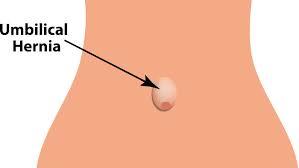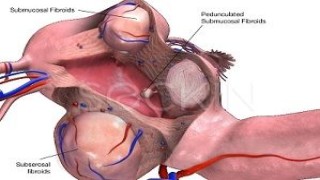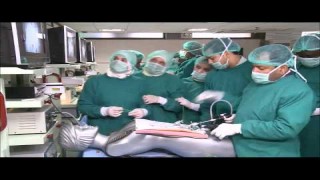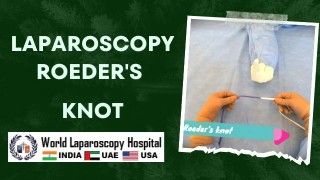Two-Port Laparoscopic Intraperitoneal Onlay Mesh (IPOM) Repair
Add to
Share
231 views
Report
1 month ago
Description
The evolution of minimally invasive surgery has revolutionized hernia repair, offering faster recovery, less postoperative pain, and superior cosmetic results. Among these advanced techniques, Two-Port Laparoscopic Intraperitoneal Onlay Mesh (IPOM) Repair for umbilical hernia using polyurethane mesh without transfascial sutures stands out as a cutting-edge, patient-friendly innovation. Concept and Technique The traditional IPOM approach, though effective, often involves multiple ports and the use of transfascial sutures to secure the mesh, which can lead to postoperative discomfort and prolonged pain at the fixation sites. The two-port laparoscopic IPOM repair simplifies the procedure by reducing access points to just two—one for the laparoscope and the other for operative instruments—thereby minimizing invasiveness and trauma to the abdominal wall. In this technique, a self-fixating polyurethane mesh is deployed intraperitoneally over the defect without the need for transfascial sutures. The polyurethane coating enhances biocompatibility, prevents adhesion formation, and promotes rapid tissue integration. The mesh is typically anchored using atraumatic fixation devices or in some cases relies on its self-adherent surface, providing firm and even coverage over the defect. Advantages of the Two-Port Approach Reduced Postoperative Pain: Eliminating transfascial sutures avoids nerve entrapment and tension-related pain, leading to a more comfortable recovery. Minimal Scarring: With only two small ports, the cosmetic outcome is superior to conventional multiport techniques. Lower Infection Risk: Fewer access points and a shorter operative time reduce the chances of wound infection and seroma formation. Enhanced Recovery: Patients experience quicker mobilization, shorter hospital stays, and an early return to normal activities. Cost-Effectiveness: Fewer instruments and ports simplify the procedure, lowering overall surgical and hospital costs. Role of Polyurethane Mesh The polyurethane (PU) mesh represents the next generation of prosthetic materials in hernia surgery. Its unique properties include: Excellent biocompatibility with minimal foreign body reaction. Anti-adhesive coating, making it safe for intraperitoneal placement. Elasticity and flexibility, which allow it to conform perfectly to the abdominal wall contour. Strong integration with the host tissue for durable hernia repair. These features make polyurethane mesh an ideal choice for laparoscopic IPOM repair, ensuring long-term strength without the need for transfascial sutures. Clinical Outcomes Studies and clinical experience have shown that patients undergoing two-port laparoscopic IPOM umbilical hernia repair with polyurethane mesh exhibit excellent outcomes, with: Minimal postoperative pain, Negligible recurrence rates, Rapid return to daily activities, and High satisfaction with aesthetic results. Conclusion The Two-Port Laparoscopic IPOM Umbilical Hernia Repair by Polyurethane Mesh Without Transfascial Sutures exemplifies the future of minimally invasive hernia surgery. By combining innovation in surgical technique with advanced biomaterial science, this approach delivers a safe, effective, and comfortable solution for patients. It embodies the essence of modern surgery—precision, efficiency, and patient-centered care—paving the way for a new standard in hernia repair.
Similar Videos






